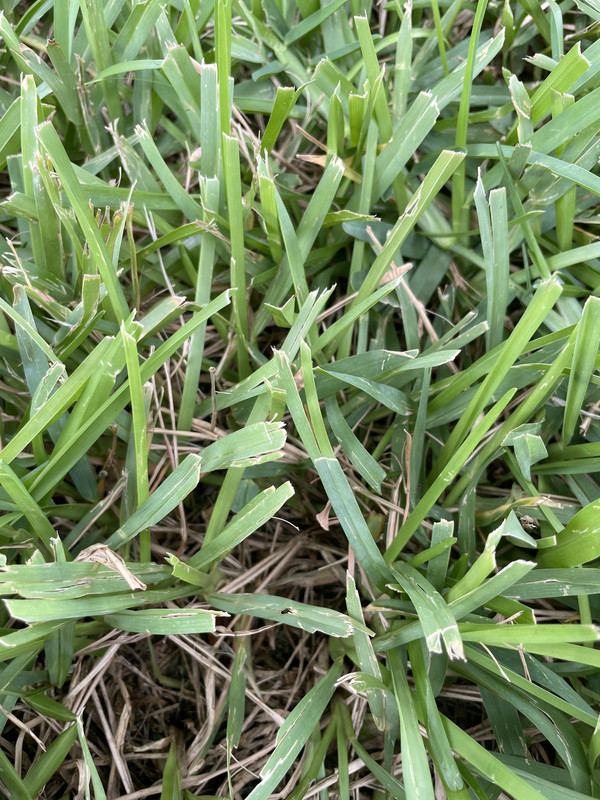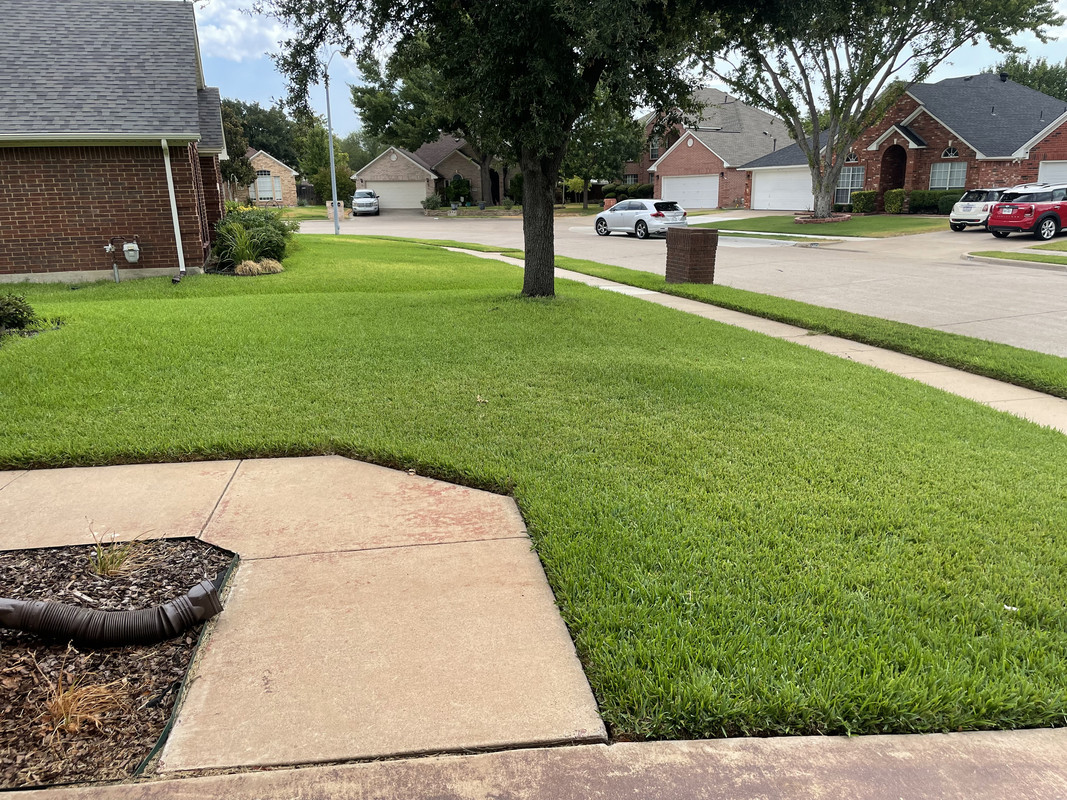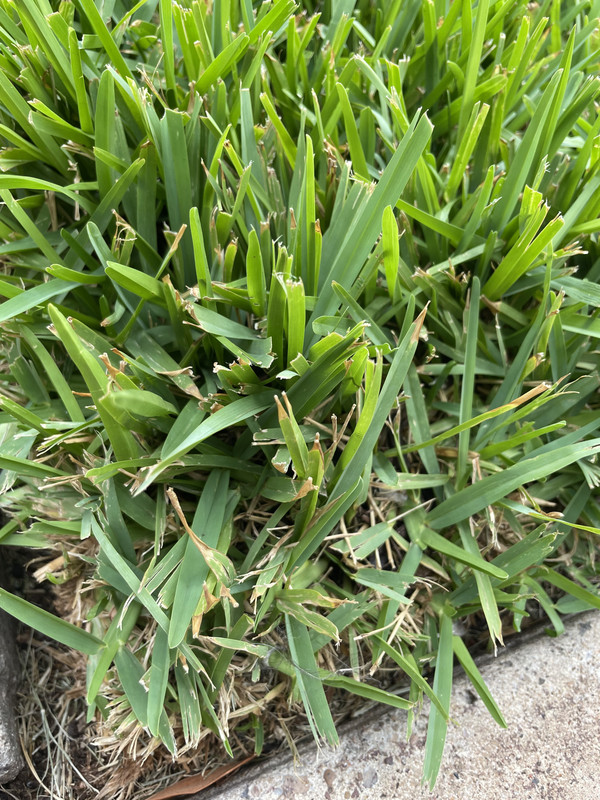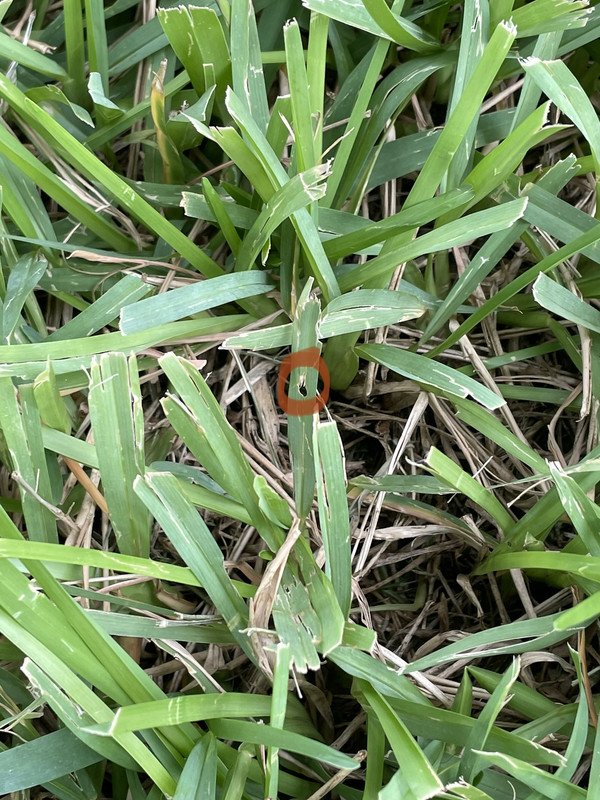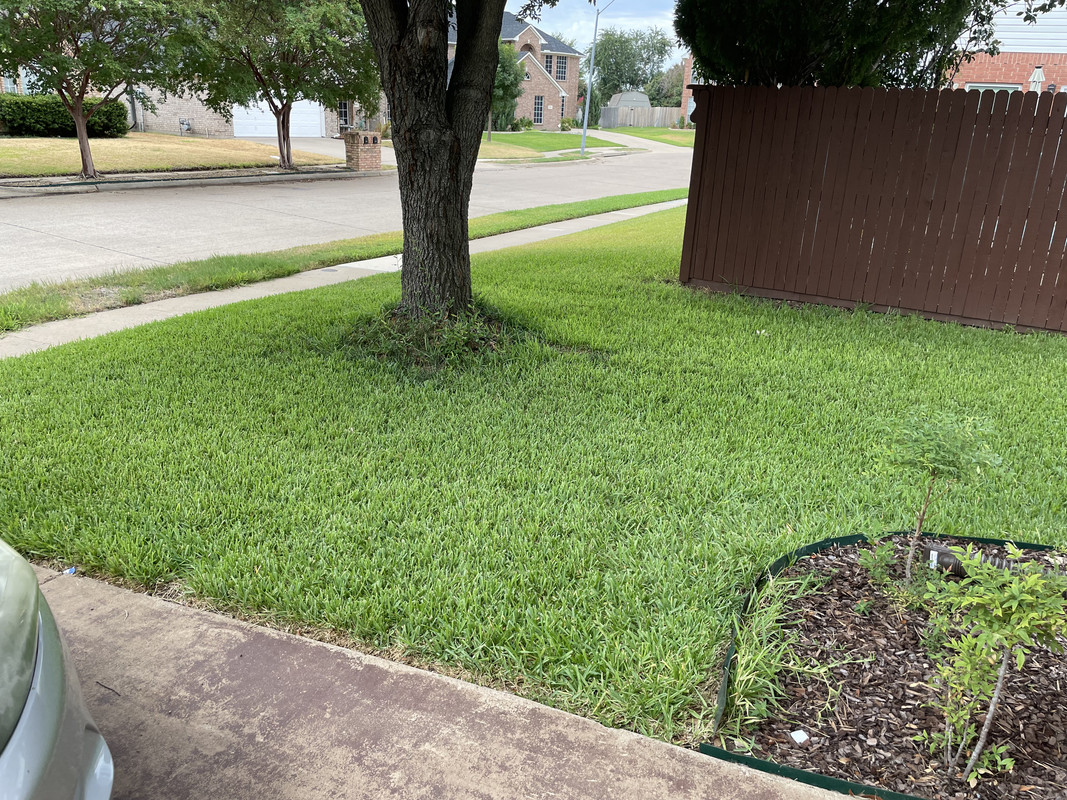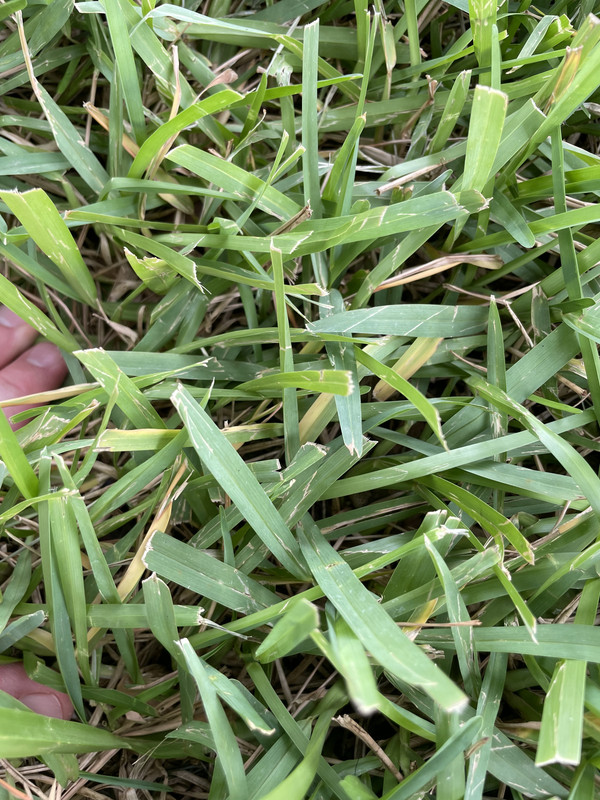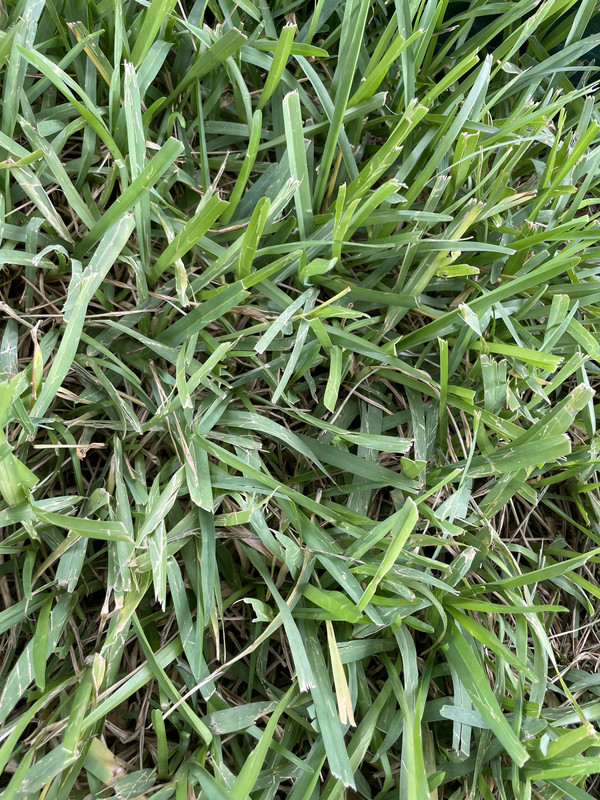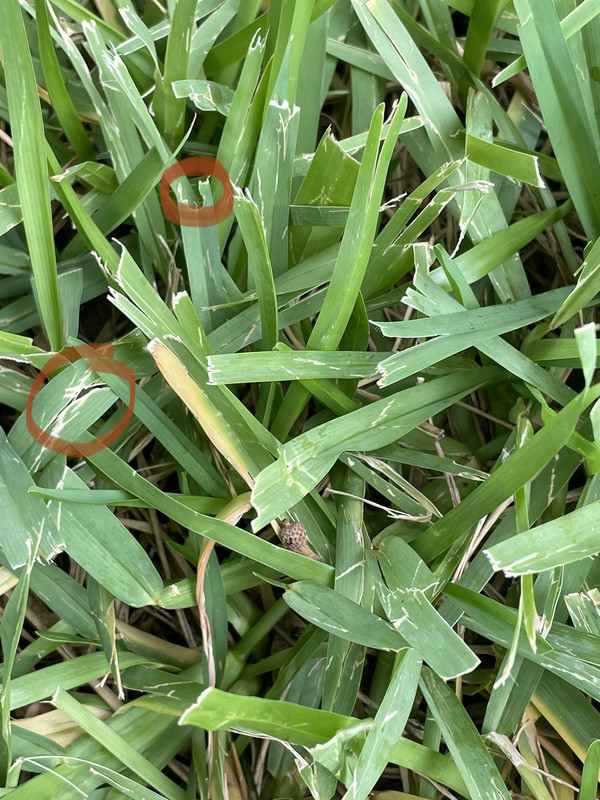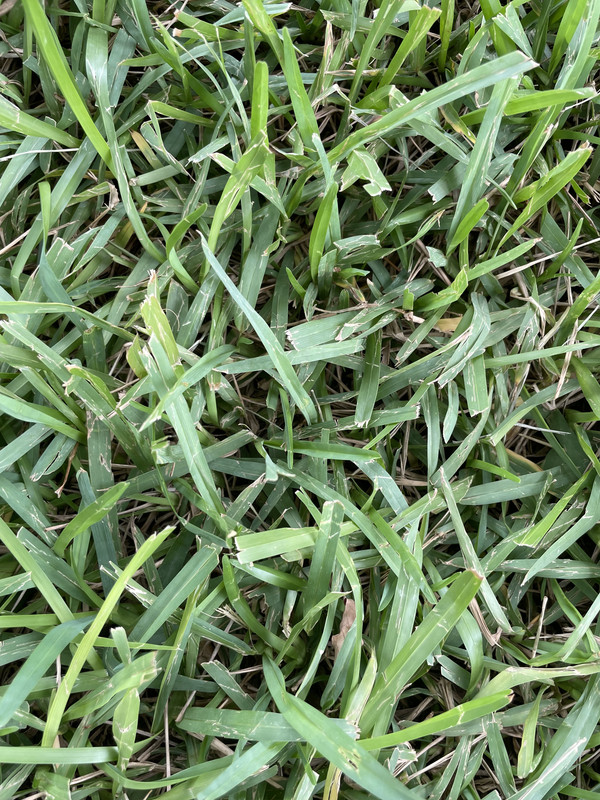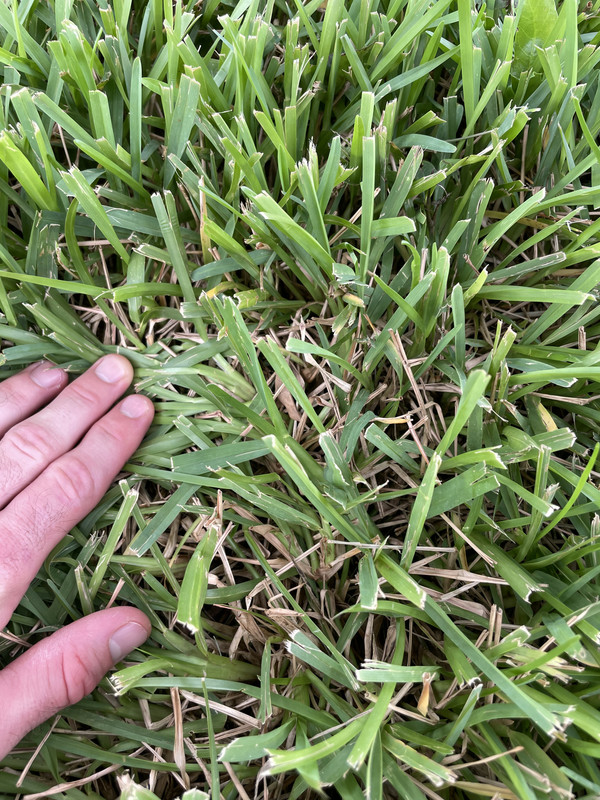hey forum it's me again with another issue:
I inspected my st Augustine when I came home tonight (lol I do this every night) and found cut out holes in the blades.
I'm due for my monthly talstar extra treatment, Idon't recall seeing this the other day tho. I didn't see any visible damage to any areas during the day what could this be, cutworms?
Should the talstar treat any potential insect that could be the cause, also is preventative application still okay ?
Also unrelated: does fungicide treatments (preventative) stress out the grass?
I ask because I wanted to put down talstar and preventative (foliar) fungicide but figured it would be too much for the grass in one day.
Any thoughts for next month when I'm due for both treatments?
I inspected my st Augustine when I came home tonight (lol I do this every night) and found cut out holes in the blades.
I'm due for my monthly talstar extra treatment, Idon't recall seeing this the other day tho. I didn't see any visible damage to any areas during the day what could this be, cutworms?
Should the talstar treat any potential insect that could be the cause, also is preventative application still okay ?
Also unrelated: does fungicide treatments (preventative) stress out the grass?
I ask because I wanted to put down talstar and preventative (foliar) fungicide but figured it would be too much for the grass in one day.
Any thoughts for next month when I'm due for both treatments?


